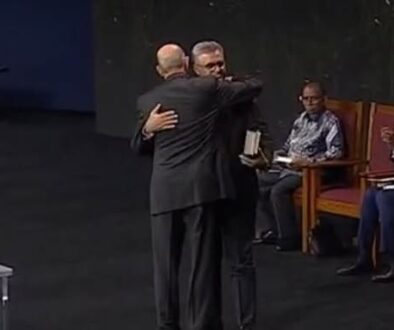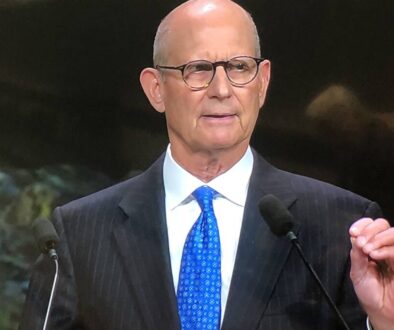Render unto Rome: The Secret Life of Money in the Catholic Church
by Edwin A. Schwisow
 Render unto Rome: The Secret Life of Money in the Catholic Church, by Jason Berry, Crown Publishers, July 2011.
Render unto Rome: The Secret Life of Money in the Catholic Church, by Jason Berry, Crown Publishers, July 2011.
Adventism from its beginnings has spent a great deal of time gazing on the Roman Catholic Church, publicly denouncing the ‘Papacy’ in its publications and soul-winning crusades, and proclaiming it ‘Antichrist’ and the Dragon’s handmaiden, while managing to quietly imitate it in much of its administrative structure.
Render unto Rome: The Secret Life of Money in the Catholic Church, is written by a practicing Catholic journalist who makes this the third of three highly acclaimed books on the topics of money, secrecy, and revelations of pedophilia among Catholic priests. The author does not excuse any of the church’s behavior, and like a journalistic John the Baptist, makes a serious and plaintive call for the church to change its ways.
Berry points out that the church keeps its financial records vague at best, and unavailable at worst, though one horrendous figure is known officially: Between 1950 and 2009, Rome has spent $1.775 billion to compensate victims of child abuse and provide treatment for errant priests. It is also known that a great deal of that cash has come from the closure of churches and the selling of real estate, to the tune of 1,373 parishes in the U.S. since 1995—more than one a week for the past decade-and-a-half. Yet, during that same time, the church has often elevated priests who participated in its many cover-ups—hardly acts of a contrite and humble spirit! The author characterizes the experience of the typical Catholic lay person as “passive,” in which the parishioner is told to “pray, pay, and obey.”
The past 60 years for Rome has been a near-constant litany of revelations involving embezzlement, sexual indiscretion, and downsizing. Yet, the book does not see Catholicism as either retreating or changing. Secrecy under the most recent two Popes has remained the status quo, and able fund-raisers apparently continue to be rewarded with virtual immunity. One priest, in particular, was known to have two common-law wives and more than a dozen young lovers, both male and female. Yet, his ability to raise funds was so pronounced, the institutional church declined to look into charges against him.
Adventist laymen would do well to read this book — a litany of factual information at times smothering in its detail — and contemplate the lessons it teaches on the need for transparency and accountability, two attributes often lacking in both Adventism and Catholicism. Perhaps by observing the shameful behavior of our proverbial antagonist, we can avoid some of the same pitfalls encountered by her on a scale roughly 100 times our size.
Edited and posted by Clive Holland



